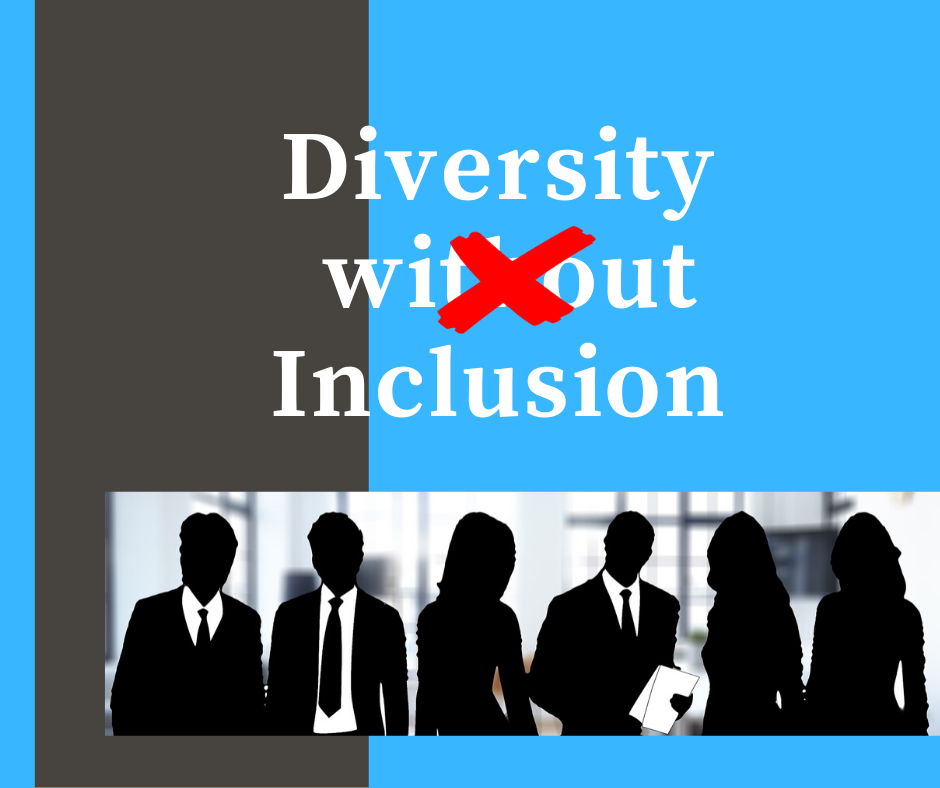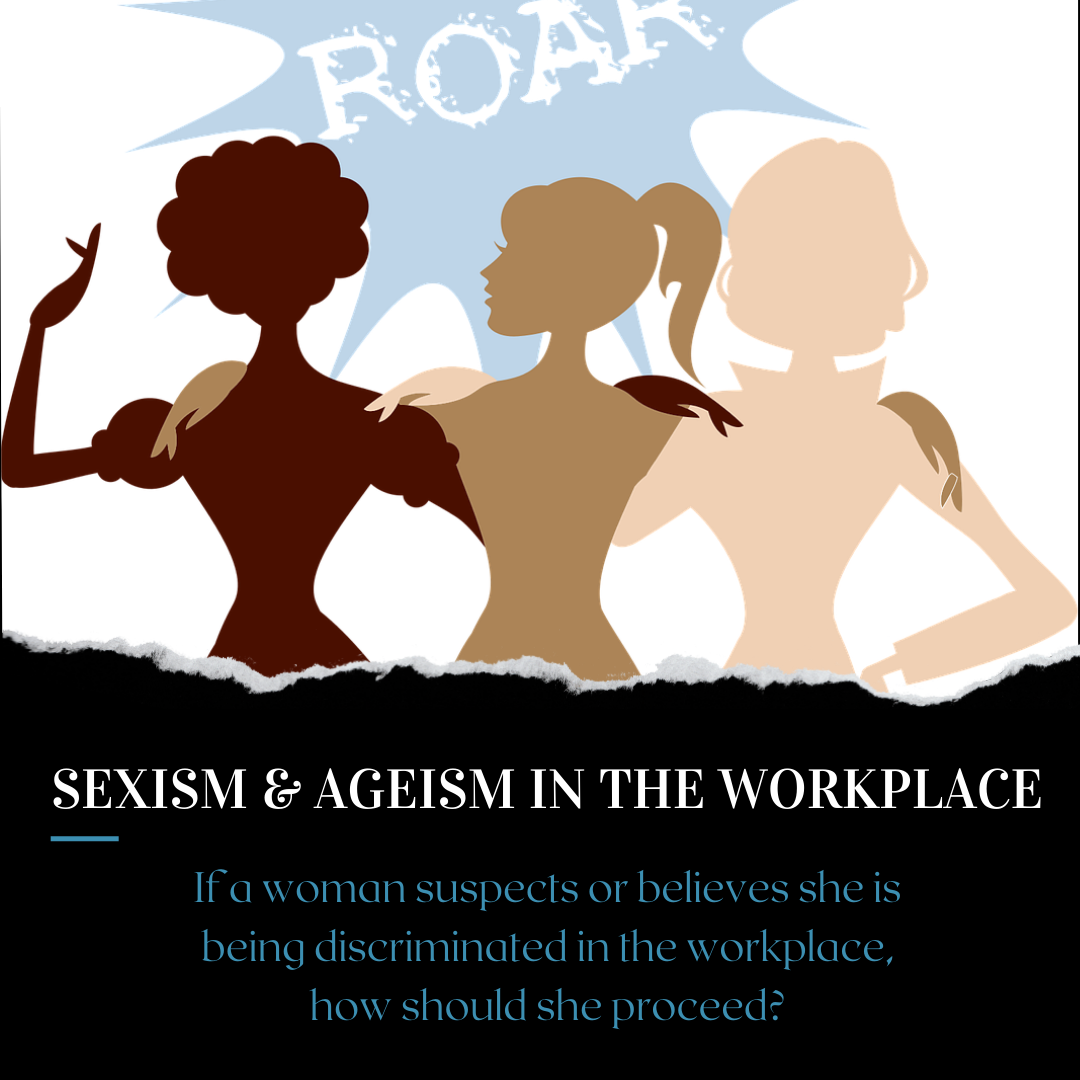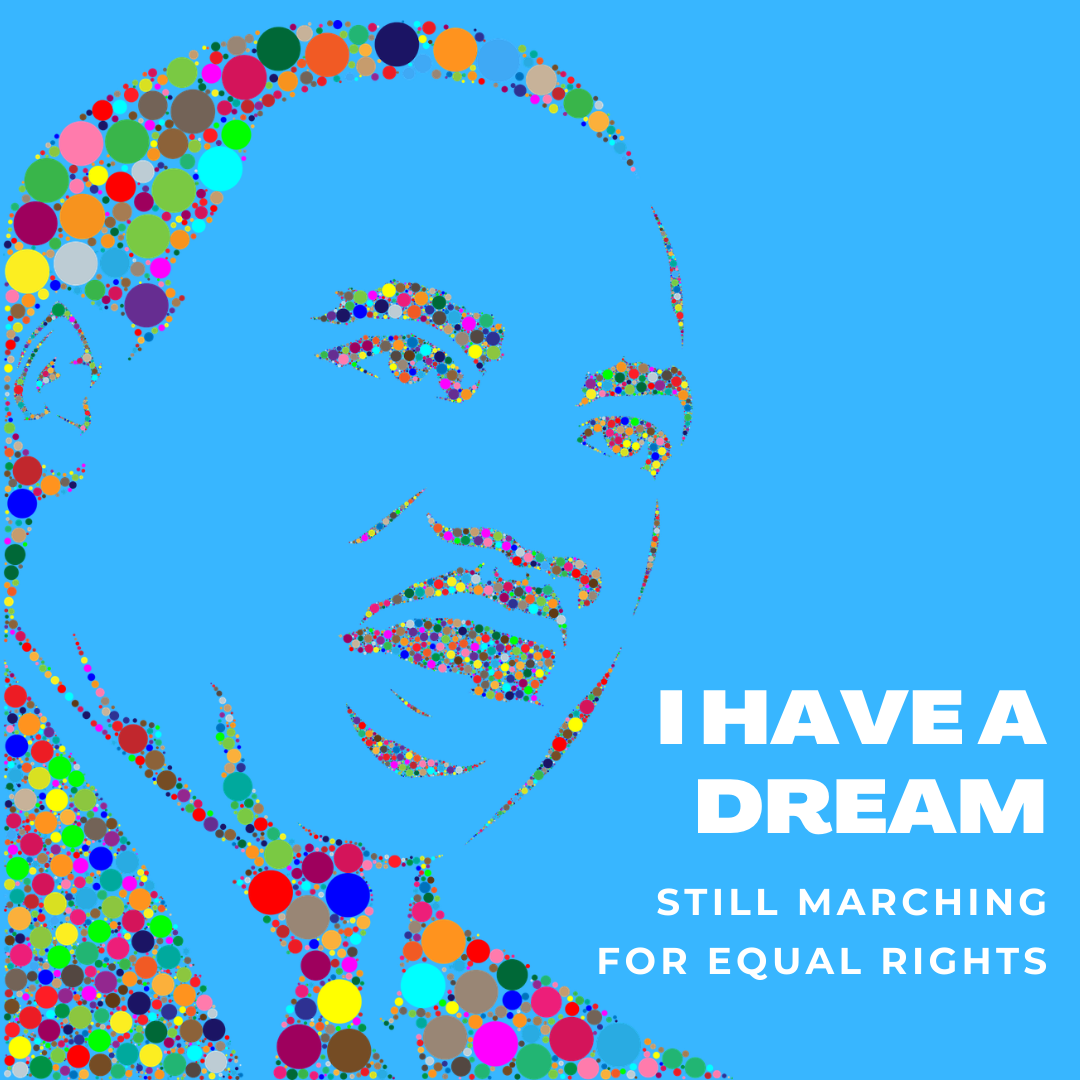If you’re hearing the term “intersectionality” a lot lately, it’s for good reason.
It’s actually been a long time coming.
For years individuals, educators, and organizations have been evolving their thinking on race, gender and sexual orientation, socioeconomic position, dis/ability, belief and ideology – the myriad ways human beings differ and how the intersection of those differences creates unique experiences. First referred to as intersectionality by law professor and social theorist Kimberlé Crenshaw, the theory emerged as a way of making sense of social relations by examining intersecting forms of discrimination. She observed and studied the way different forms of oppression overlap, creating unique societal and personal consequences of these intersections.

Looked at more pragmatically, intersectionality is the acknowledgment that many forms of oppression such as racism, sexism, classism, and ageism might all be present and active at the same time, influencing one person’s experience. It challenges the notion that we experience each form of discrimination separately and that those forms of oppression affect us all in the same way. Intersectionality sheds light on the experiences of those who live with combined forms of oppression and is dedicated to understanding how the experience changes when multiple oppressions combine (intersect) with each other. When intersected, they compound and multiply, resulting in challenges that may be difficult to understand for those who experience singular or no forms of discrimination. We must acknowledge that for those who experience singular forms of oppression, there are still ways in which they experience privilege.
“Identity markers” such as “Asian,” “female,” “lower-class” or “lesbian” show up in our daily discourse. Those markers are used by society to compartmentalize and characterize people. The greater the number of markers, the greater the potential for stereotyping and discrimination.
The recognition of this dynamic has spawned a renewed interest in intersectionality. When we examine how discrimination shows up in media, we can see a confluence of identity markers in almost every news story. In coining the term “intersectionality” back in 1989, Crenshaw recognized that social justice movements such as feminism and anti-racism could overlap, compete, or cancel each other out depending on the individuals involved. One of her most famous examples was that of race legislation, framed in order to protect Black men, being in conflict with sexism legislation, framed to protect White women. What legislation, she asked, protected Black women?
Take a moment to watch this short (2.5-min.) informative video commissioned by Professor Peter Hopkins (Newcastle University).

Video credit: Youtube – Professor Peter Hopkins, Newcastle University
Intersectionality can be an uncomfortable theory, particularly for those with “dominant” identity markers – famously, White males. The association of maleness and whiteness with privilege and power is sometimes protested as unfair given its application to cohorts as opposed to individual White males. Studies of intersectionality are thus sometimes characterized as “grievance studies” – a belittling label that misses the point of engaging in the theory.
The goal of looking at identity markers and how they intersect is not to stereotype groups of people. Society has been doing that long enough, thank you very much! Intersectionality is much more nuanced – it’s a framework for solving questions of equity and diversity in social and workplace settings – to make things better for everyone.
How can intersectionality make things better?
Let’s take the example above. Racism, sexism, ageism and homophobia all exist independently of each other. But when they combine, they become greater than the sum of their individual parts – in certain situations they can translate into oppression. An intersectional approach – asking how each of these four forms of discrimination exists, and what they look like together – can help individuals or organizations understand how their employees are experiencing the workplace, and whether things need to change.
An intersectional approach involves seeing beyond our assumptions, really listening to and hearing people, asking who’s included and who’s excluded, and questioning our own status and privilege. For many, often well-intentioned, employers and HR managers, this is a scary prospect. Asking questions about discrimination is prickly. We’d all like to believe we live in a world where discrimination doesn’t happen and all our decisions are based on fairness. An intersectional approach can help us take those blinders off and really see whether things are “fair.”
An intersectional approach also means taking action. If an organization looks at its policies and culture through an intersectional lens and finds inequities, this means it’s ignoring people’s voices and stories. It’s failing people.
It’s uncomfortable to identify blind spots in your organization, but chances are they exist. If you’re one of those organizations that’s brave enough to take a hard intersectional look at what’s going on, give yourself a pat on the back. It’s a great first step. If you’d like some help strategizing what to do next, consider booking some time with a consultant to help you take action. Your people will thank you for it!
Sources: Wikipedia – Kimberlé Williams Crenshaw and Professor Peter Hopkins, Newcastle University (YouTube).
Diversation Question
The debate over what intersectionality is – or isn’t – is a real one, with some people going so far as to state that it doesn’t exist. What are your thoughts around intersectionality? Use the comments section below to share your thoughts, experiences, ideologies and/or comments.




